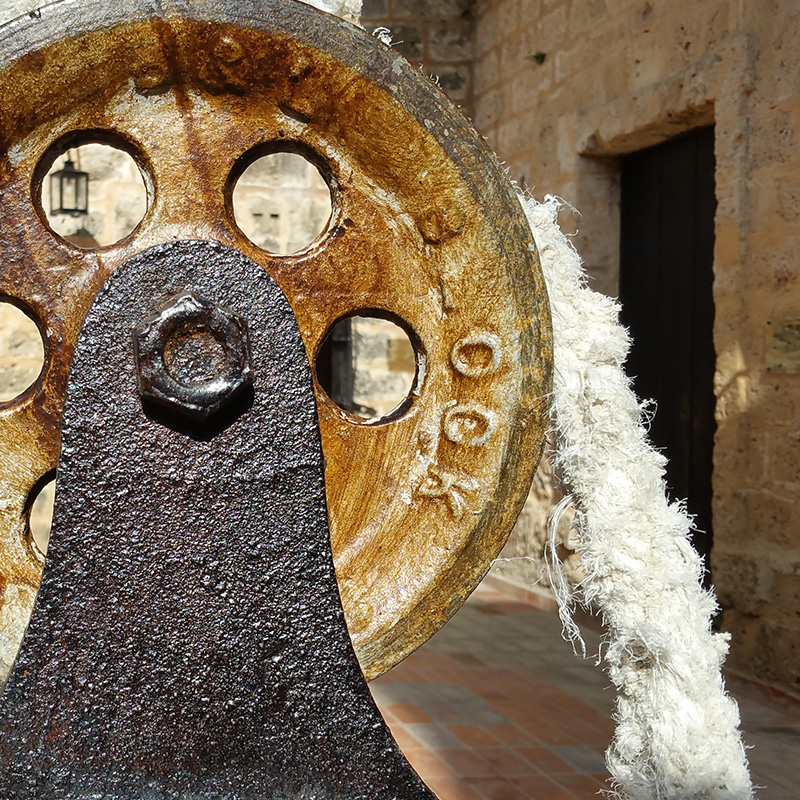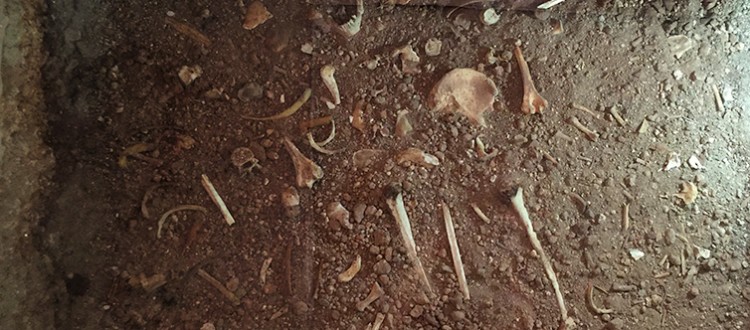“El Castillo de Jagua” by Cynthia Duncan, Ph.D.
– Dr. Cynthia Duncan, Professor Emeritus of Hispanic Studies at the University of Washington in Tacoma
In colonial times, Cuba was constantly under attack by pirates and corsairs, given that it was the point of departure for the Spanish fleets loaded with gold, silver, and other precious cargo collected from Mexico, Perú and other parts of Spanish America. The English, Dutch and French eyed Cuba as a strategic entry point to the New World, and the Spanish colonists in Cuba in the 17th and 18th centuries frequently found themselves under siege. To protect the island, the Spanish constructed monumental forts along the coastline. One of these is the Fortaleza del Castillo de Jagua, constructed between 1682- 1745, at the mouth of the Bay of Cienfuegos. It was the only fort on the southern coast, and was responsible not only for keeping the Spanish colonists safe, but also for controlling the contraband trade taking place in the area.
The Castillo de Jagua today is a national monument and functions as a history museum. Before the city of Cienfuegos existed, the settlement on the southern coast was known as Fernandina de Jagua. Jagua is the name of an indigenous fruit-bearing tree common to the region, and Fernandina is in honor of Spain’s king Ferdinand. The stone fort sits on a rise at the mouth of the bay, and is an example of 18th century military engineering at its best. It is a two story stone fortress with a drawbridge that blends in harmoniously with the surrounding area and takes advantage of its strategic location to monitor the coast as well as the area around the bay. It was occupied by Spanish soldiers and sometimes their wives and children. Inside the fort, there is a chapel, an interior patio with a cistern, a communal kitchen and dining area, all bordered by cells that served as living quarters. During the British occupation of Havana, the Castillo de Jagua served as headquarters for the Spanish soldiers and administrators.
One of the most intriguing legends in Cienfuegos’ history takes place in the Castillo de Jagua. It deals with doña Leonor de Cárdenas, the wife of the fort’s commander. Doña Leonor died under somewhat mysterious circumstances and was buried under the floor of the chapel, but soon afterwards, a ghostly woman, dressed in blue, began to appear at night, wandering the halls and scaring the soldiers. A young lieutenant declared that he didn’t believe in ghosts and he insisted on spending the night where the ghost made her appearances to prove that he wasn’t afraid. The next morning, his fellow soldiers found him curled up in a ball, covered in a woman’s blue cape, with his sword broken in half at his side. Whatever happened during the night, it caused him to lose his mind, and he was shut away in an insane asylum. This was the beginning of the legend of the “Dama Azul,” or Woman in Blue, and some people in Cienfuegos say that the ghost still appears at times in the Castillo.
The Spanish abandoned the fort in 1898 when Cuba gained its independence, and for some decades the fort was abandoned. Restoration done in the late 1970s uncovered some human bones, but there were no records of any kind to suggest whose bones they might be. Recently, undergoing a second restoration, more human remains were discovered in the chapel. Although it was common in the Spanish colonies to bury the remains of important people in the chapel floor, the lack of documentation and records about who these people were leaves a gap in Cienfuegos’s history. This presents an interesting opportunity for international scholars and scientists to collaborate with Cubans to study the remains found in the Castillo, and to write a missing chapter in Cuban history.

Castillo De Jagua in Cienfuegos, Cuba

Castillo De Jagua in Cienfuegos, Cuba

